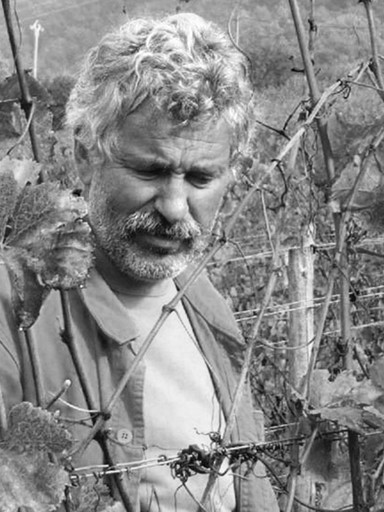
Jacques Maillet
France, Savoie
The Story
In 2003, Jacques Maillet vowed never again to make wines using conventional methods. He always had an interest in biodynamic and organic wines, but had been unable to secure a loan from the local co-op to do so. Because of this, he was forced to use synthetic chemicals when he started out in the early 1990s.
But this all changed in the year 2000, when Maillet was diagnosed with cancer, from which it took him three years to recover. He blamed his illness on the prolonged exposure to the chemicals he had been using on the land for around a decade, and that’s when he finally found a way to follow his dream of making wine using biodynamic techniques.
The fruits of Maillet’s labour are some wonderful wines with great acidity and ageing potential, with the last vintage produced in 2015. Perfection in a glass.
Whether you've had them in the past, or you're curious to try them for the first time, we invite you to acquaint yourself with the wines of Jacques Maillet!
View WinesThe People
Jacques
A big name in Savoie viticulture, Jacques Maillet has been working in Chautagne near the Lac du Bourget since 1989.
Jacques Maillet retired in 2016 and Florian and Marie Curtet have carried on in this endeavour. This makes the wines produced by Jacques himself increasingly rare collectors' bottles.
Follow Jacques Maillet

The Place
France, Savoie
Using a small parcel of land, he grew vines of Mondeuse, Gamay and Pinot Noir. His first wine was a red blend called Autrement (meaning “in another way”), and it was a great success. This allowed Jacques to expand his operations to over four hectares of soil that is rich in molasses and limestone, each one cultivated strictly organically and biodynamically. His vines today include Jacquere, Mondeuse and Altesse that are around 100 years old.
They face southwest, getting a good amount of sunlight. Any treatments required for the vines use plant extracts and teas in place of synthetic chemicals, and the lunar calendar is used throughout the process. In addition, only indigenous yeast is used. The vines are grown at between 250 and 380 metres elevation.
